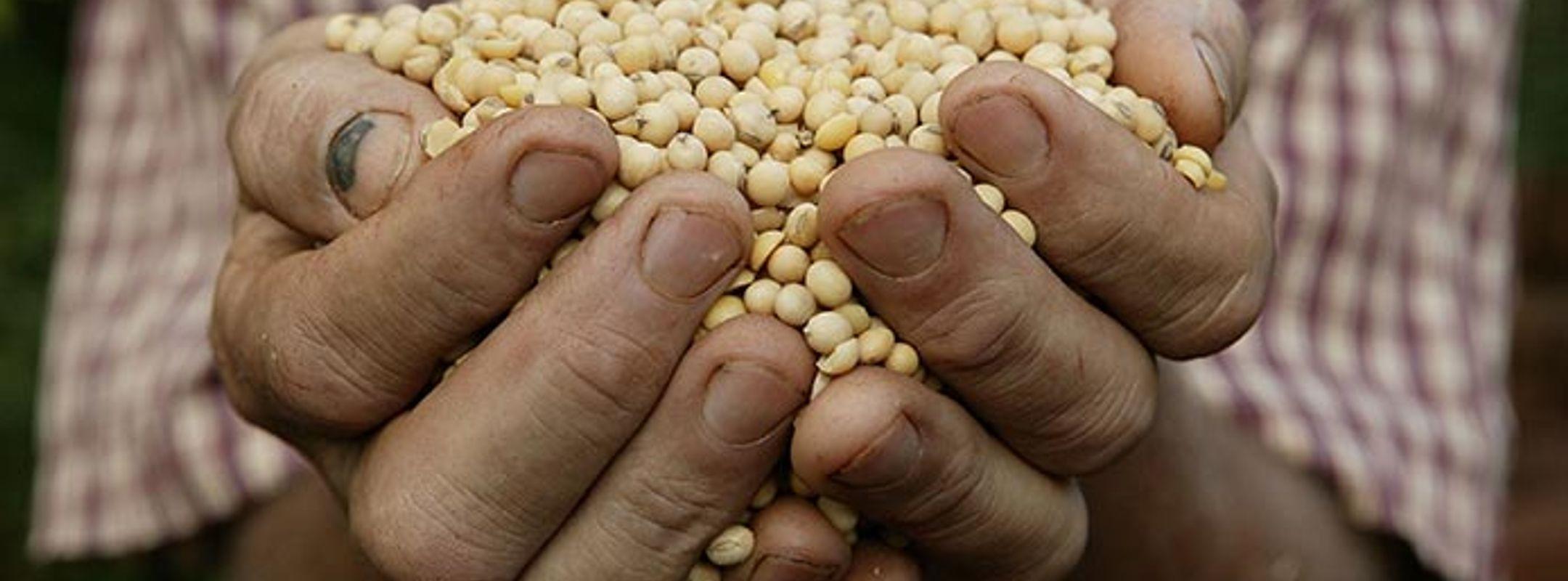New entrants challenge ABCD traders in Paraguayan soy export trade
1 Jul 2020
4 min read
The major "ABCD” multinational grain traders – ADM, Bunge, Cargill and Louis Dreyfus – dominated the Paraguayan export market in 2014, handling more than two thirds of the country’s soy exports that year (64%).

imageBROKER, Alamy Stock Photography